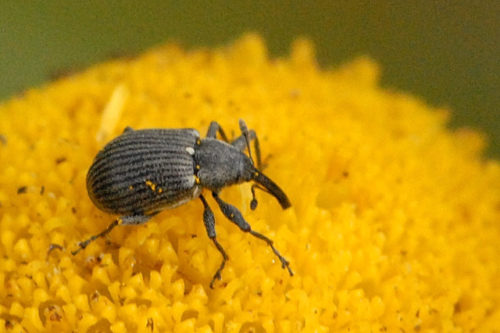Straw
Also known as:
Eurasian straw

Straw
Beetles become active in spring during sunny weather and when soil temperatures reach 10 to 14°C. The straw
Affected plants
- Blackberry
- Raspberry
- Strawberry
Control
Difficult to control; as soon as small holes in the petals become visible, check for beetles and remove them.
Prevention
Provide a bird-friendly environment: birds eat insects including the straw
